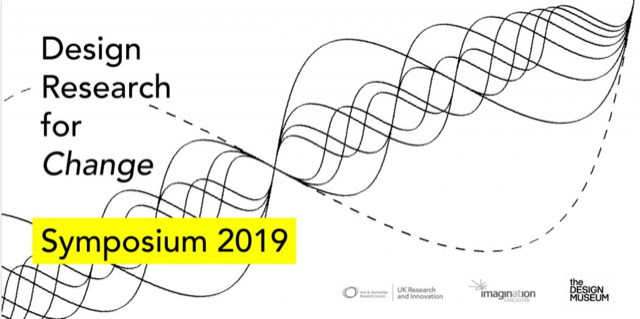- Feb 10, 2020
Location: Milano, Italy
Lineapelle is a renowned international leather expo, the biggest annual industry showcase. The array of products, materials, and accessories were impressively diverse, and in 2020 many were designed with sustainability in mind. Seeing others thinking creatively about meeting current challenges of sustainability was inspiring and we hope to be able to present our FISHSkin project in a future Lineapelle event.
Participants: University of Arts London - Elisa Palomino
ArsTinctoria - Gustavo Defeo
“Fish Leather, A New Environmentally-Friendly Material” - lecture by FishSkin project researchers presented during the two-day Design Research for Change (DR4C) symposium at the Design Museum, London.
The AHRC Design Research for Change (DR4C) Showcase at the London Design Fair 2019 included 61 design-led research projects that spanned a range of design disciplines, ways of working, geographical spread across the UK, methodological and conceptual boundaries. Each explored how design is increasingly involved in social, cultural, economic, environmental and political change, and hoping to be an active part of it.
The lecture draws on findings gathered through a partnership between the UAL, the Icelandic tannery Atlantic Leather and the Italian analytical laboratory Ars Tinctoria connecting fashion designers, scientists and leather technicians from the UK, Italy, and Iceland to advance material innovation by using new technology (water-based ink digital printing methods) on fish leather. The paper presents the journey of the mapping process, illustrating the key stages of the research, which led to the discovery of new material properties and finishes through applying digital printing processes to a food industry by-product material – such as fish leather.
The methods and practices of the project included dynamic interaction between the researchers facilitated through the cooperative framework of the FiISHSkin Horizon 2020 project. The findings identify that new materials, processes, and techniques are often the result of the successful union of fashion and technology to help drive the industry towards a more sustainable future.
Location: Japan
Researcher Elisa Palomino carried on her studies on Indigo dyeing and persimmon dyeing at the Fujino mountains with indigo master Takayuki Ishii. She tried several indigo dying techniques and learnt how to create her own mulberry paper stencils. Elisa used both her newly created stencils and her vintage katazome stencils to print the glutinous rice resist paste by dipping into Takayuki Ishii’s indigo vats. He taught Elisa the whole sukumo indigo process with indigo plants cultivated in his own plot nearby.
These experiments demonstrated the suitability of the shibori dyeing technique and traditional persimmon dyeing with the juice of green persimmons on the fish skins. While the pine smoke dyeing made the fish skins too stiff, and therefore is not recommended as a natural dying alternative for fish skins.




























